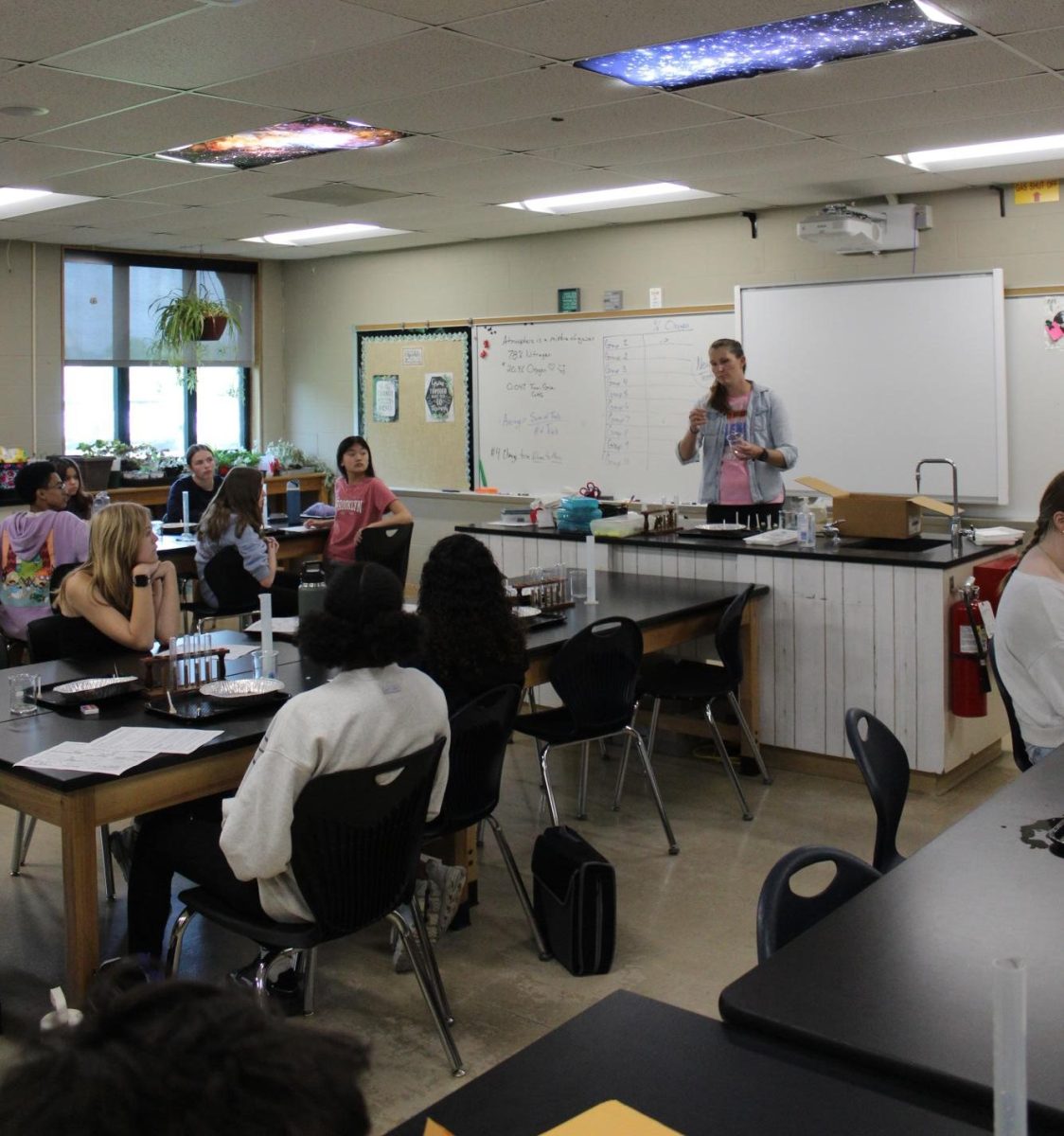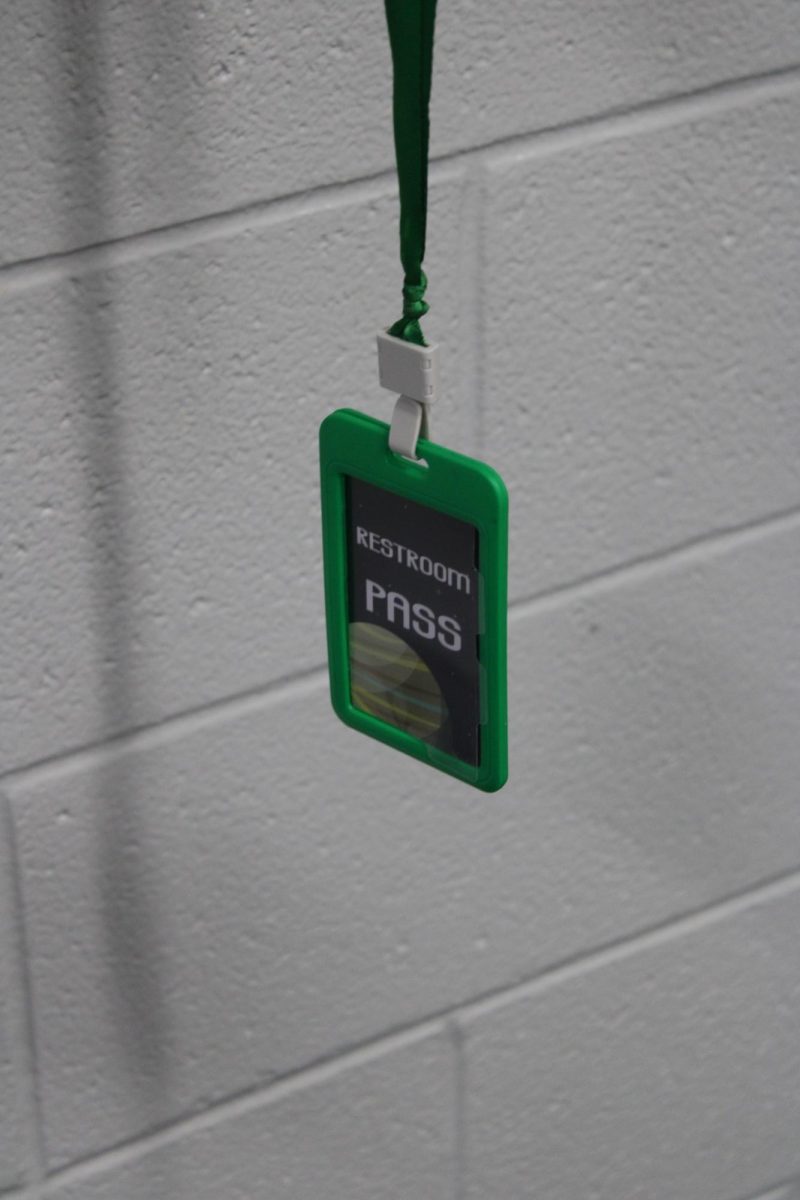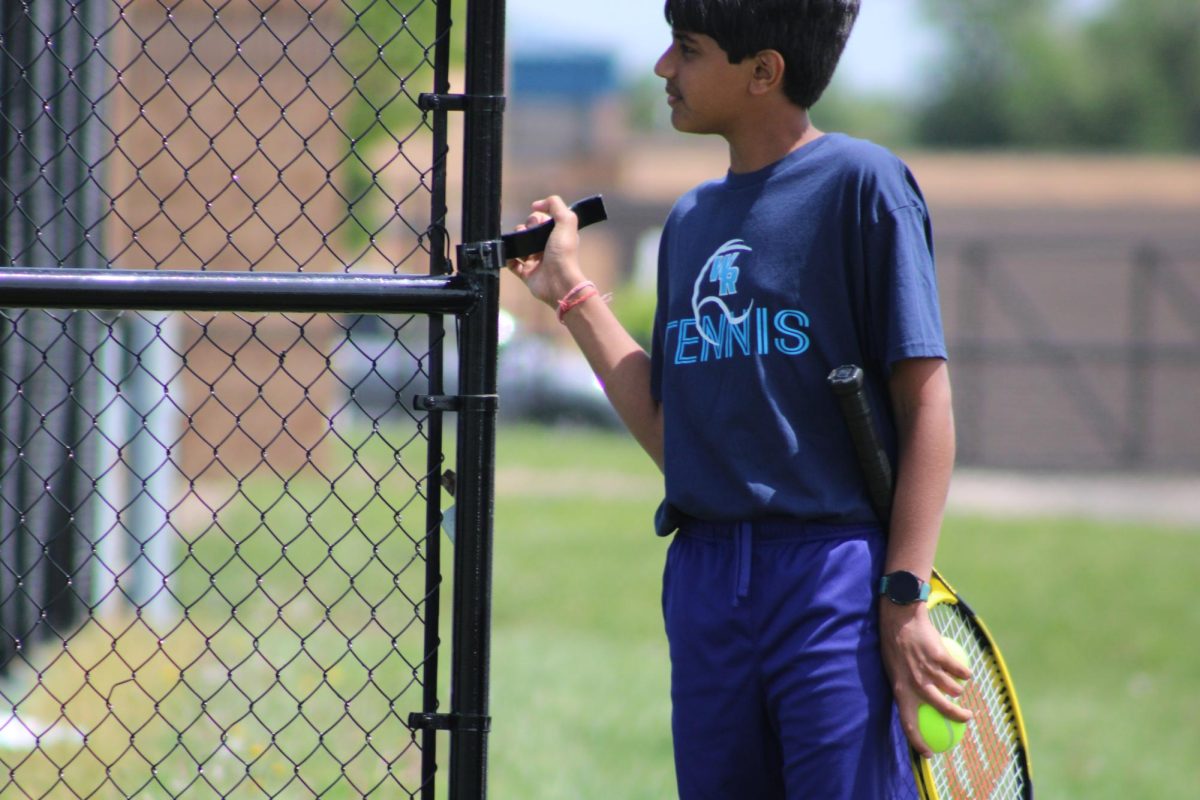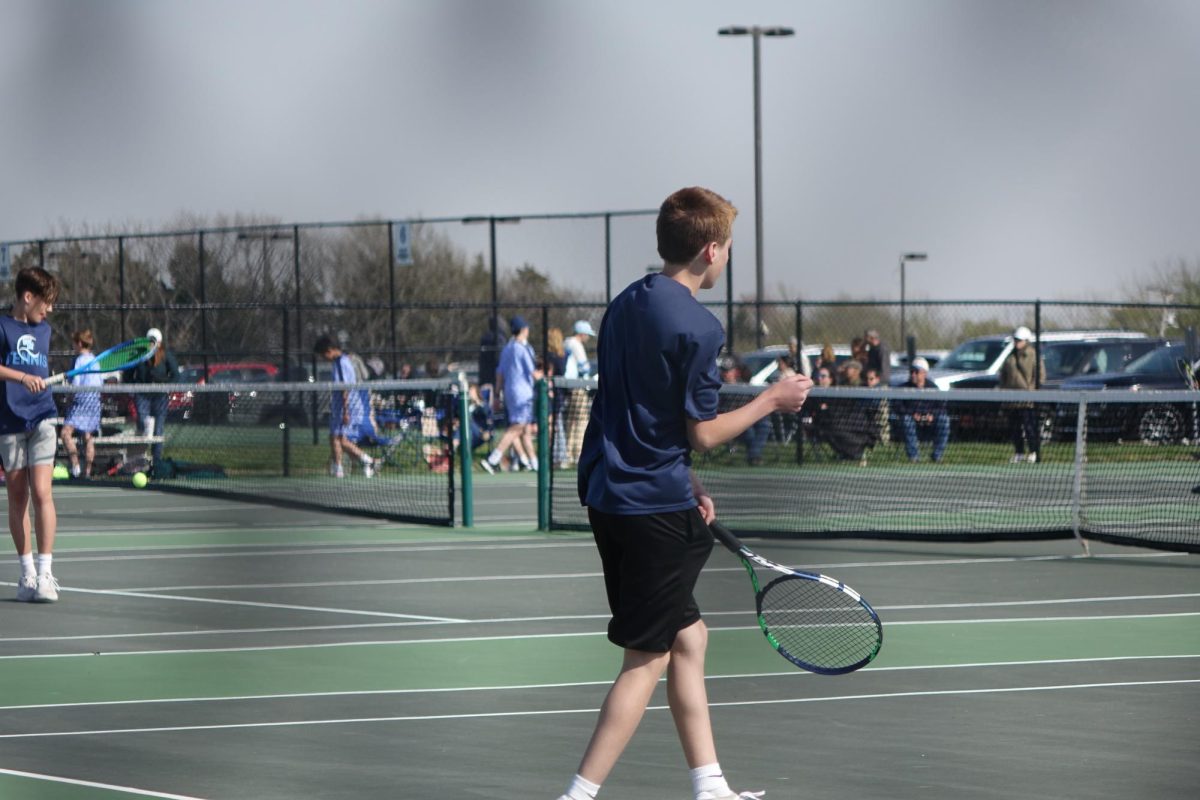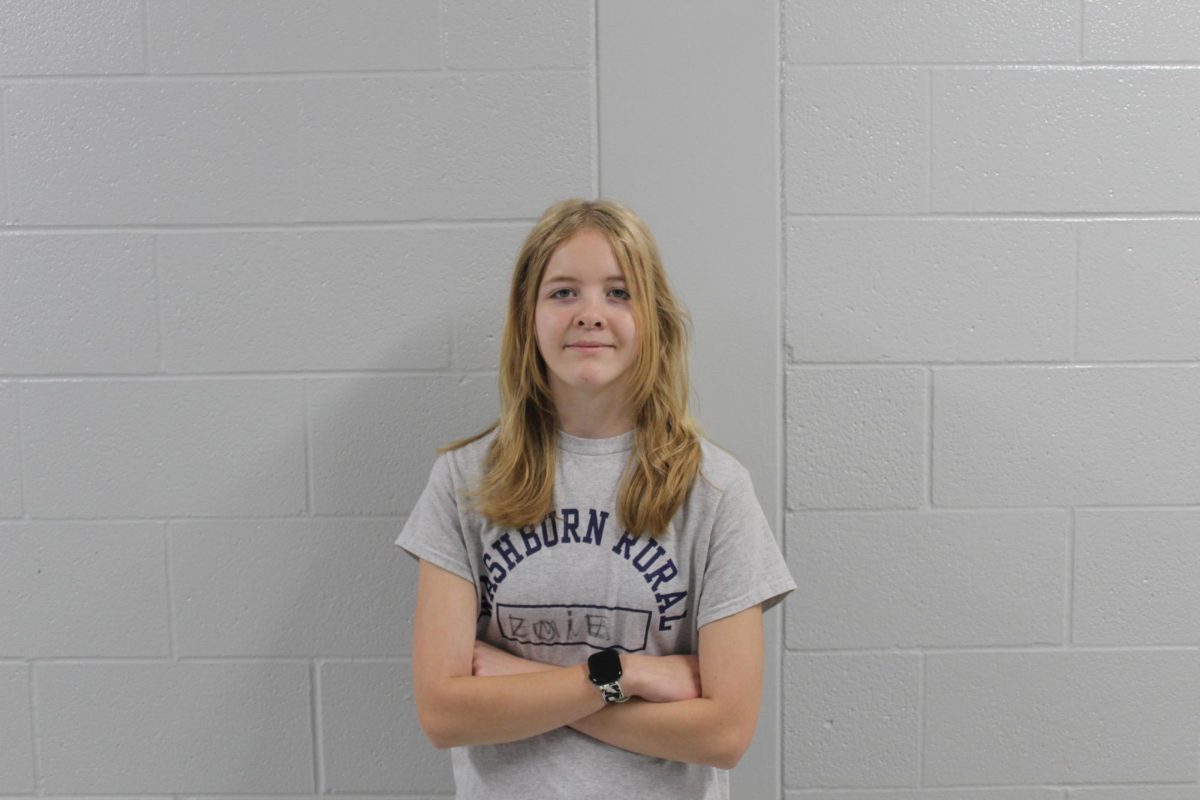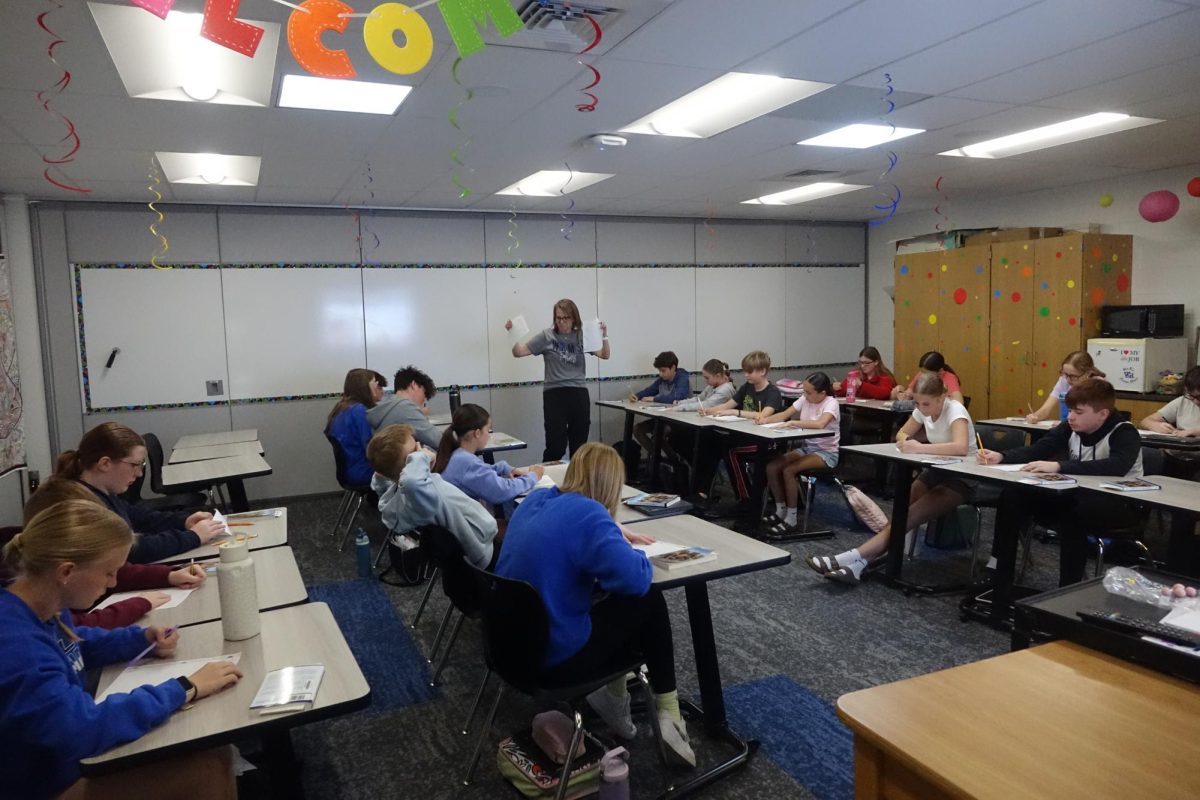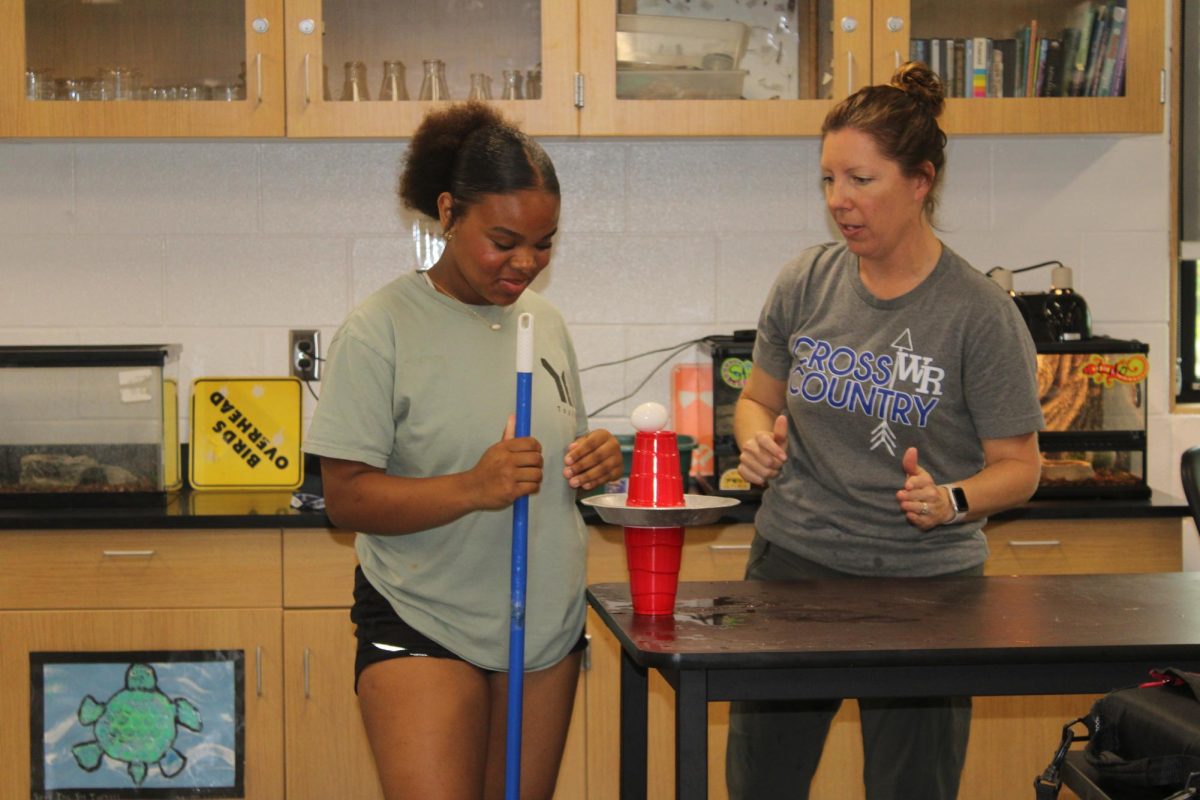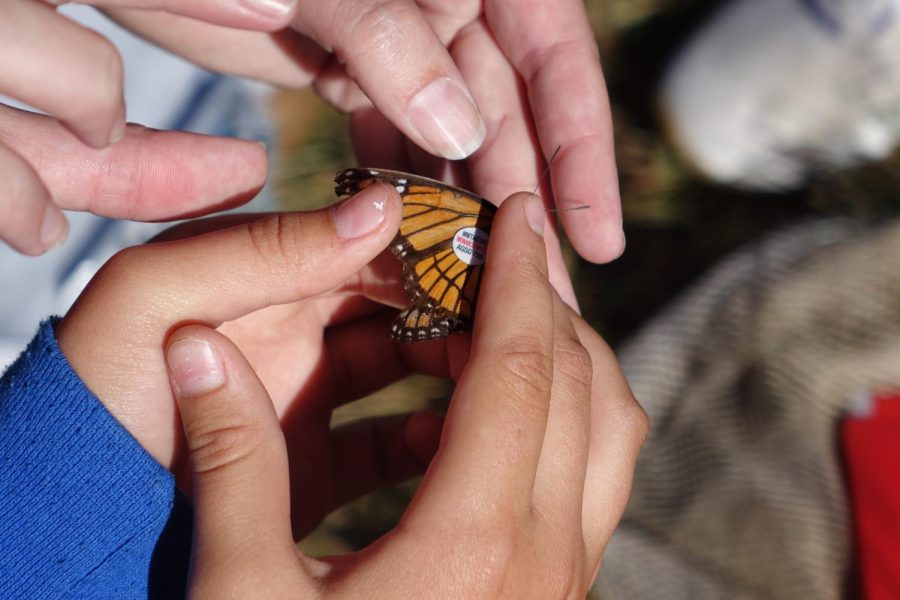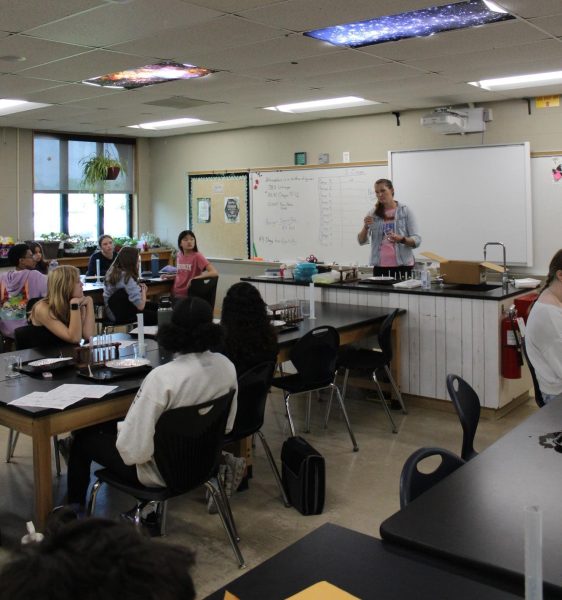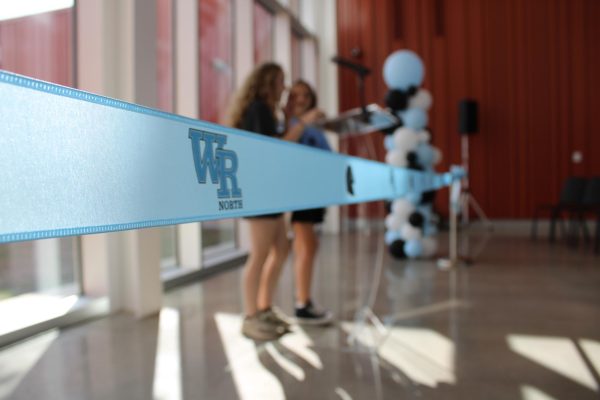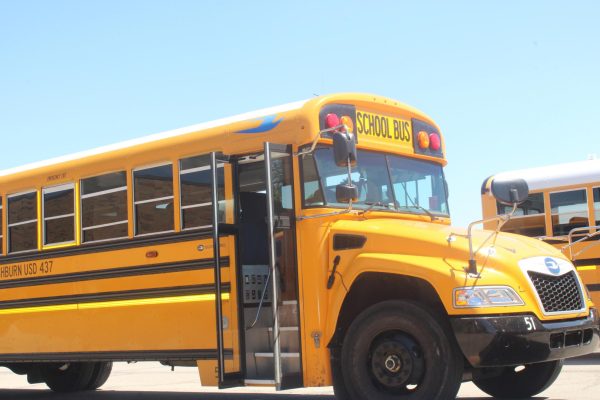Take Flight!
7th graders tag butterflies.
Zippy Ross, 7th grader on the Comet team, caught a butterfly on Sept. 30, tagged it, and released it back into the wild.
The 7th-grade science departments participated in a butterfly tagging activity at the start of October in the Outdoor Education area by the pond. The students did this as part of the Life Processes unit in science class.
Students used nets to catch the butterflies and put tags on their wings to tag them. Mr. Warneke, the Eclipse science teacher, said, “Every fall people all over North America carefully catch Monarch butterflies and place a tiny, paper ID tag on one wing. This includes all kinds of people. Scientists, professors, students, and regular people.” The tagged butterflies are let go to continue their journeys. The tag’s purpose is to keep track of these butterflies as they migrate South for the winter. The final stop on their journey is in Mexico. “So far, few tagged Monarchs have been recorded to make it to Mexico, but it helps us to understand their journey better. The Monarch population has severely shortened in the past years, and by tracking and tagging, we might be able to find a solution to up their numbers,” Warneke said.
The unit The seventh-grade are currently in is called Life Processes. Just to sum it up, there are 6 functions that all living things carry: response to stimuli, adaptation, growth and development, reproduction, movement, and metabolism. Tagging and catching butterflies allow everyone to see many of those functions of life in action. “Also, our school district has something that many others do not. An outdoor nature area/pond helps get students outside to observe different things in nature showing what it means to think like a scientist!”
7th-grade Eclipse student Arianna Heble participated in the experiment. She learned that butterflies migrate for long distances, and said her favorite part of the experience was, “hanging out with my friends but still being at school with no teachers around.”

